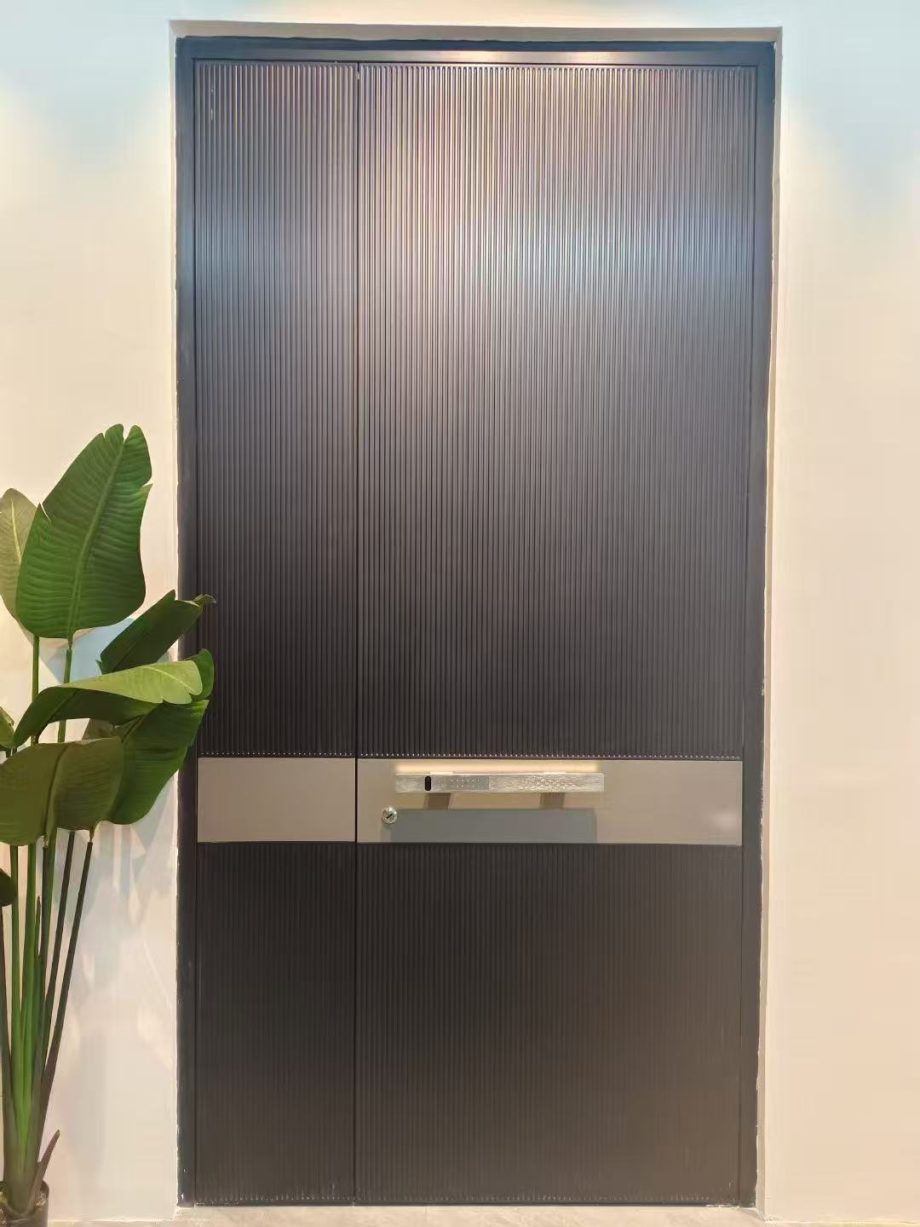background

Today, we will explain about changing the color of the entrance door.In the 1990s, the prosperous development of the market economy enabled some people to become wealthy first. With more property at home, there was a demand for higher-security anti-theft doors. As a result, the wealthy led the way for others, and steel-reinforced anti-theft doors quickly spread to thousands of households.
However, as time went by, the colors of these anti-theft doors were mostly too monotonous, mainly brick red, iron gray, and dark brown, which could not meet the diverse needs of modern home decoration. Therefore, changing the color of the entrance door became a choice for some people who pursued the beauty and individuality of their homes. They hoped to make the entrance door more harmonious with the overall home style and enhance the overall aesthetic appeal of the home.
Modern society seeks higher quality of life. For homes, people demand harmonious and unified overall design, avoiding clashing colors. Nowadays, popular styles like Scandinavian, affordable luxury, and minimalism are gaining popularity. These styles emphasize harmonious tones for their doors and windows more than before; this helps create a unified whole.

operations
First, you need to clarify how to change the entrance door’s color. This process can generally divide into three steps: base layer preparation, painting, and drying/repetition.
Step 1: Prepare the base layer. This involves thoroughly cleaning the area to be painted and possibly performing special sanding.
Step 2: Apply the paint.
Step 3: Allow it to dry naturally for about one to two days.
reminders
However, these seemingly simple steps can easily go wrong. The entrance door is not an ordinary wooden door, and its surface is usually made of metal and has undergone special treatment such as transfer film or fluorocarbon paint. These treatments are not only for aesthetics but also for corrosion resistance, UV protection, and anti-aging. It is common for the paint to be uneven during the process, and ordinary paint or spray paint cannot maintain for a long time, easily causing peeling, discoloration, scratches, or deformation and detachment when exposed to moisture. At this time, re-grinding and rework are required, which wastes time and energy.
According to the “Building Design Fire Protection Code” in fire safety regulations, the entrance door, as an important part of the evacuation passage, should have a recognizable appearance. Uniform color helps firefighters quickly locate the entrance in an emergency, especially in a smoke-filled environment.
In conclusion, when it comes to changing the color of the entrance door, we need to know how to achieve personalized customization within the scope permitted by policies, without affecting fire safety, property management, and regulations. The correct way to change the color should be followed.

